Nioh makes a very mixed first impression, but it’s rather fitting looking back at it. With little explanation or narrative reason, I immediately found myself controlling William Adams as he escaped from a London prison cell. The game does the bare minimum of explaining how the game’s systems work (bafflingly, the proper tutorial isn’t unlocked until a few hours into the game), and I quickly found myself lost as there’s not a proper map to look at. Despite this initial frustration, I instantly adored the snappy combat that will feel familiar to anyone who has played Team Ninja’s past action games.
Now dozens of hours later, I’m largely left feeling the same way about Nioh. There are aspects of the design that are downright infuriating, but the action is so satisfying that I’m willing to put up with its issues. What really separates this from other third-person action games is that it features a Gears of War-style active reload mechanic to regenerate stamina. This allows skilled players to keep most of their stamina after a combo, and pulling it off during a clutch moment feels awesome. It’s one of my favorite mechanics that I’ve seen in an action game in years, and helps make the dullest of combat exchanges more fun to engage in.
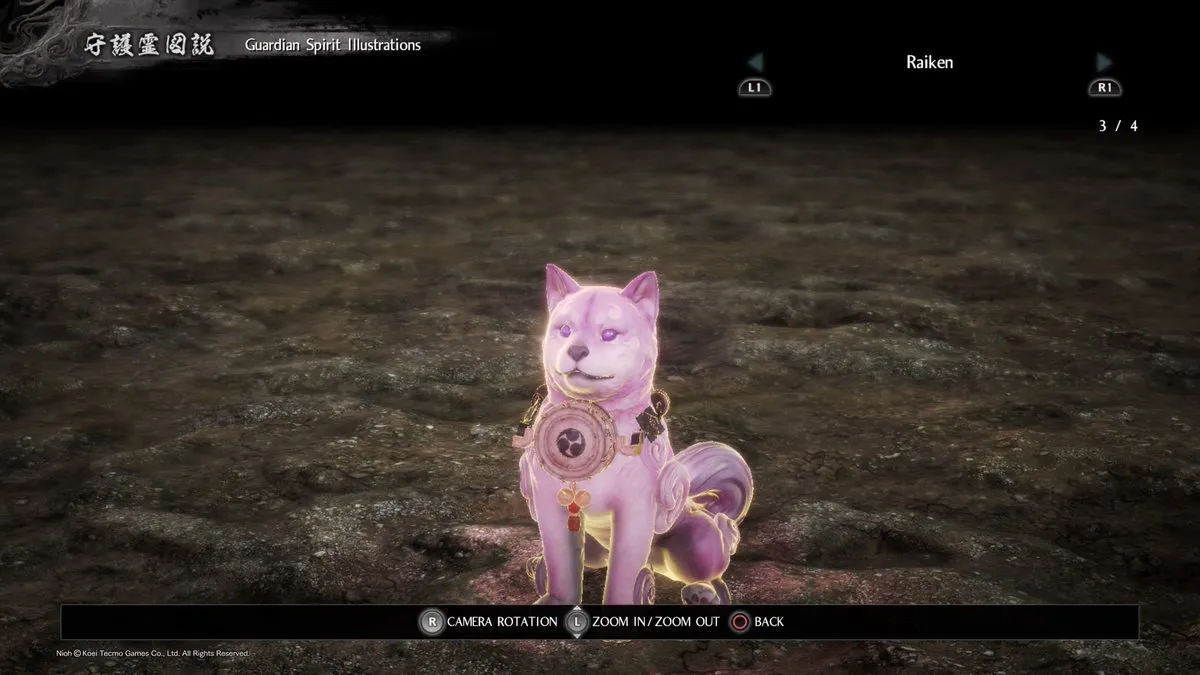
As flawed as Nioh is (more on that soon), the one area where I have absolutely no complaints is the combat. Weapons can be held in three different positions (high, mid, low) with each variant giving the player new combos and attacks. Throw in a huge skill tree, and several different melee weapon types, and there are hundreds of ways to go about killing baddies. Over time I found that particular stances worked particularly well against certain enemies (for example, I would use an overhead attack to destroy a crawling spider), and I found myself switching between all three pretty often.
The action feels snappy and responsive, which is a far cry from some of its contemporaries that value animation over function. That doesn’t mean that players can mindlessly hack their way through enemies, though, as I found out first-hand that even the weakest of foes can end William’s journey if they didn’t have my full attention. Death, while obviously not ideal, isn’t a huge deal within the game as the player retains most of their progress after dying. Items and equipment picked up will still be in William’s inventory when he awakens at the nearest checkpoint, and the only thing lost is experience that can be picked up if the player manages to reach where they previously died (it’s kept by their spirit guardian, who also serves as a special attack). This is one of the few concessions that Nioh makes for the player, and it’s a key one as otherwise hours could feel like they made zero progress after playing hours of the game.
Yokai Fight
After the trial by fire that is the opening hours, Nioh settles into a formulaic structure. One new story mission will always be available on the world map, and the player can jump into that standalone area after they’ve stocked up on supplies at the local blacksmith. I really enjoyed the episodic nature of the game since players get to see a lot of different sides of Japan (although sides that are often run down by demons) instead of working their way through one connected world. Levels tend to be pretty huge, as the number of times I managed to get lost in them is pretty embarrassing.
Each story mission typically plays out the same. William (or Anjin as he’s later known) works his way through enemy and soldiers until he reaches a shrine that can be used to level up and as a checkpoint. He repeats that cycle, and eventually finds himself facing off against a boss fight to cap off the stage. It’s these encounters where the game both shines and shows some lack of polish.
Boss fights typically find our blonde samurai battling it out against a gigantic demon. These David vs. Goliath tales are definitely cool to see when the little guy wins, but that is rarely the case on the first try (or 10th in some cases). A lot of the frustration with boss fights comes from the fact that many of the creatures have singular attacks or combos that can kill Anjin in a single blow. That often means to be successful, players have to play near-perfect for upwards to 15-minutes. That’s difficult to do when you know the pattern, and it’s even more frustrating if the player has to get through a sizable area before they can get to the fight (checkpoints are rarely put right outside a boss area).
Still Fighting It
The boss fights often feel unbalanced when compared to the stages that they are set in, so it’s only fair that players can even the fight a bit. This is done by summoning other players to their game by offering up a cup at their shrine, and then players who have previously finished that mission can help out those that are struggling. This works well in theory, but some of the bosses are so overpowered that I’ve seen players who are 50-levels over the suggested skill level end up dying. This is a particular bummer, as the person who was brought in then gets kicked out of the game and the summoner cup that was offered is gone forever.
These cups are very hard to come by in the first half of the game as the only way to earn more is to jump into past missions and successfully help another player pass them (later on you can buy them in a store). When someone dies (be it the summoner or the one helping out) then nobody wins and a cup is ultimately wasted. I once had this happen in a level after helping someone from the very beginning of it to the boss fight. Because the person I was helping got killed by the boss, the run ultimately was just a waste of 30 minutes as the gear I obtained was of a low level and I never gained the cup I needed.
While obtaining cups is a huge pain (made worse that you lose all progress in a level if you exit to the world map), it’s ultimately worth it as playing with others is the way to play Nioh. The game is so much more fun with another player, as enemies are easier to take down when being distracted. I just wish that that Team Ninja didn’t put up so many unnecessary hurdles in front of this enjoyment, but even that design can’t take away from the enjoyment.

Working Day
Many of the hours I spent playing Nioh felt tedious. I replayed levels I had beat before in order to level up (which barely boosts your stats but every sliver of health counts in the game), constantly looked for crafting items so I could create better armor, and fought the souls of defeated players to die in order to gain glory (which can buy the aforementioned summoner cups). It’s a real shame that the majority of this grind is brought on by the ridiculous boss fights, as I never found the actual levels to be insurmountable as they offer up an enjoyable challenge.
Another disappointing aspect of the game is its visual performance. While the game runs at a solid frame-rate of 60fps, the visual resolution jumps around a lot depending on how much is happening on-screen. There are some options on the main menu where the player can enhance the visuals at the cost of frame-rate, but the hit in performance wasn’t worth slightly less pop-in. I’ve also seen enemies disappear completely when I would take a slight step backward and the animation of large foes almost looked like they were stop-motion when at a distance. These visual hiccups aren’t enough to really take away from the game, but they are definitely noticeable. If anything, it made me wish there was a PC version of the game as the best of both worlds simply can’t be had on a PS4 Pro.
Nioh is a game of highs and lows. It’s a tremendous blast when the combat gets to shine, but it often gets the spotlight after hours of tedium. Instead of crafting a tight 20-hour experience like Ninja Gaiden, Team Ninja has opted to create a title that had me constantly grinding. It’s a flawed experience that really has no respect for the player’s time, but one that I’m ultimately glad to have experienced.
Review code for Nioh provided by publisher. Reviewed on PS4 Pro. For more information on scoring, please read our Review Policy here.
-
Top-notch combat
-
Great fun in co-op
-
Rewarding gameplay
-
Bosses feel unbalanced
-
Designed to be a grind
-
Somehow looks like a bad PC port
Nioh info dump
-
Nioh - Everything You Need to Know

As Team Ninja seeks redemption, let's crack the lid open and see what Nioh has to offer.
-
What is Nioh?
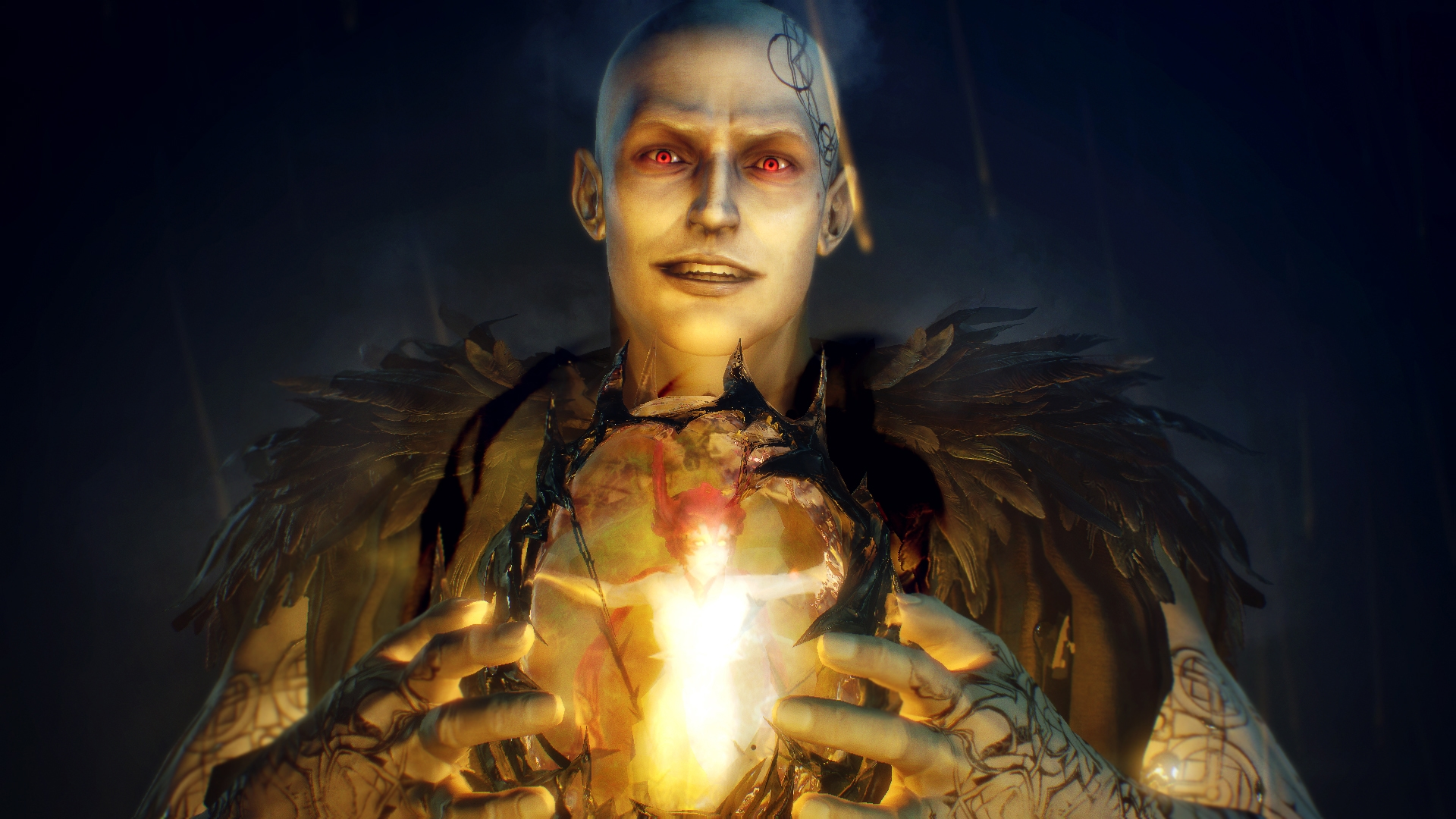
First unveiled as Ni-Oh more than a decade ago, Nioh is a tough-as-nails action RPG from Team Ninja and Koei Tecmo. Citing Dark Souls and Bloodborne as inspirations, the creative team behind the game have described their RPG as a “masocore” game — that is, a combination of “masochistic” and “hardcore.”
“Nioh was influenced by [the] Bloodborne and Souls series. For RPG/hack ‘n slash elements, especially the looting system, we looked to Diablo as well as Borderlands. As for samurai depiction, we took hints from movies such Lone Wolf and Cub by Kenji Misumi and Yojimbo by Akira Kurosawa, as well as numerous Japanese period pieces.”
-
What’s the Story?
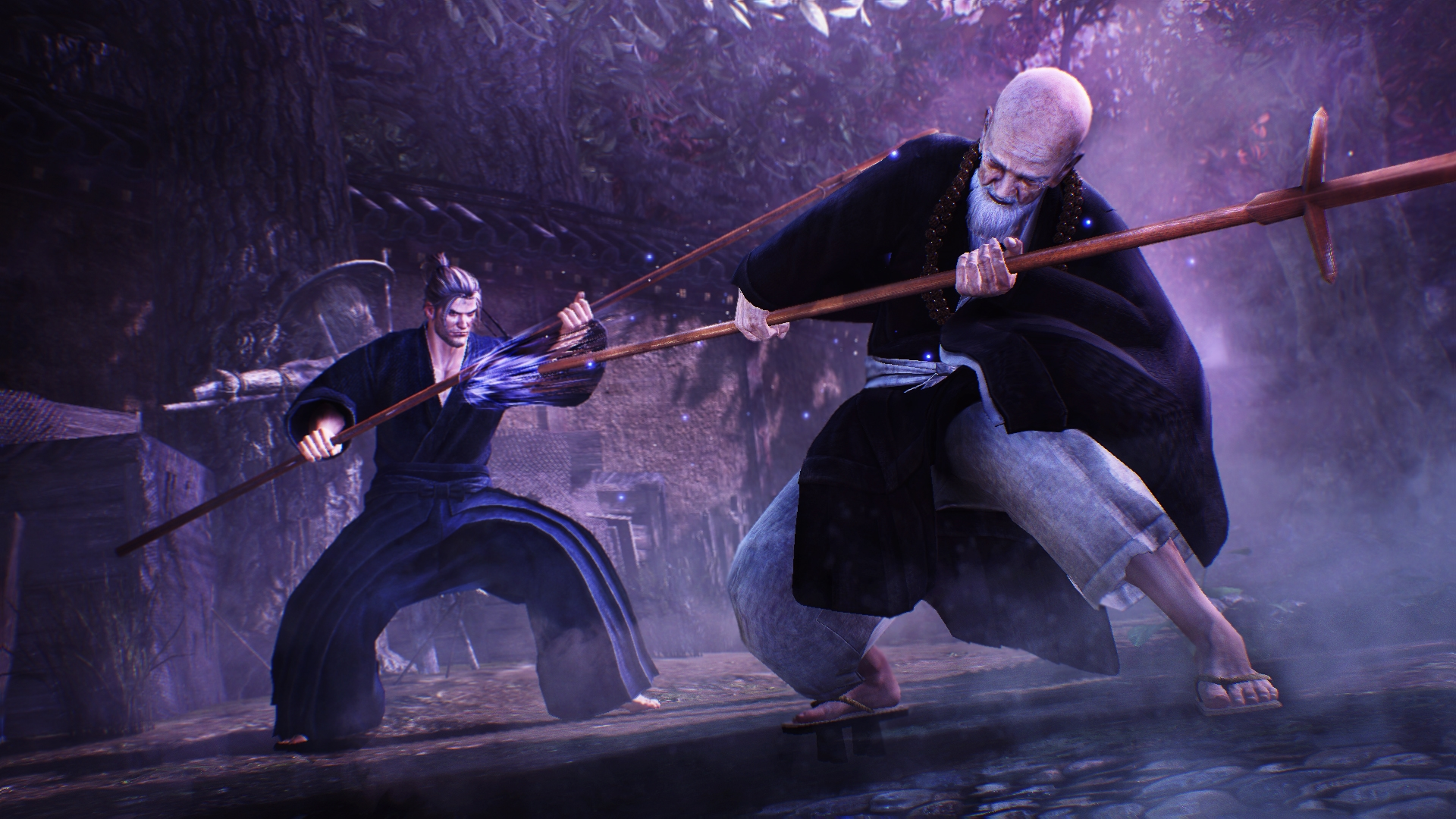
Nioh largely takes place in feudal Japan -- the fictionalized version of the Sengoku period, to be exact -- where a sailor known as William, the game's protagonist, is tasked with defeating supernatural entities called the Yokai. The story of William is said to be loosely based on the historic western samurai William Adams -- a European credited as the first western explorer to reach Japan -- albeit with added supernatural and dark fantasy elements.
-
How Does It Play?

Like Dark Souls, essentially. That's the easy answer. Delve a little deeper beneath the surface and you'll find that Nioh's gameplay is a little more nuanced, given William can adopt three different stances that in turn affect what you specialize in.
Those familiar with the blocking/locking on gameplay loop of the Souls series will no doubt take to Nioh like a duck to water, but toss in the addition of Guardian Spirits and Team Ninja's RPG certainly brings a lot of new elements to the table.
-
A Long Time Coming

The Last Guardian and Final Fantasy XV aren't the only games to have spent upwards of ten years in the limelight. In tracing Nioh's turbulent production back to its origins, you'll discover that the game was first announced back in 2004, though a lack of progress and internal strife led then-Producer Kou Shibusawa to hand over the project to Team Ninja.
It wasn't until 2015 that Nioh was reintroduced as a PlayStation 4 exclusive, and though Shibusawa and Co. initially envisioned Nioh as a multimedia project, the dev team quietly doubled down on developing the game itself and nothing more.
On the prolonged development, General Producer Kou Shibusawa said:
“Ten years have passed since Nioh was originally announced. Even during all that time though, gamers would always ask about it at events like E3 and Gamescom. We always felt support from the gamers around the world for this title.
“Now, finally, Nioh — a game created with the entire power of Koei Tecmo — will be released in 2016. In appreciation to all the fans who have waited so long, and in order to have gamers everywhere try Nioh as soon as possible, we will release the Alpha Demo this month. We hope you enjoy overcoming the challenges in this masocore take on samurai action — Nioh.”
-
Multimedia Ambitions
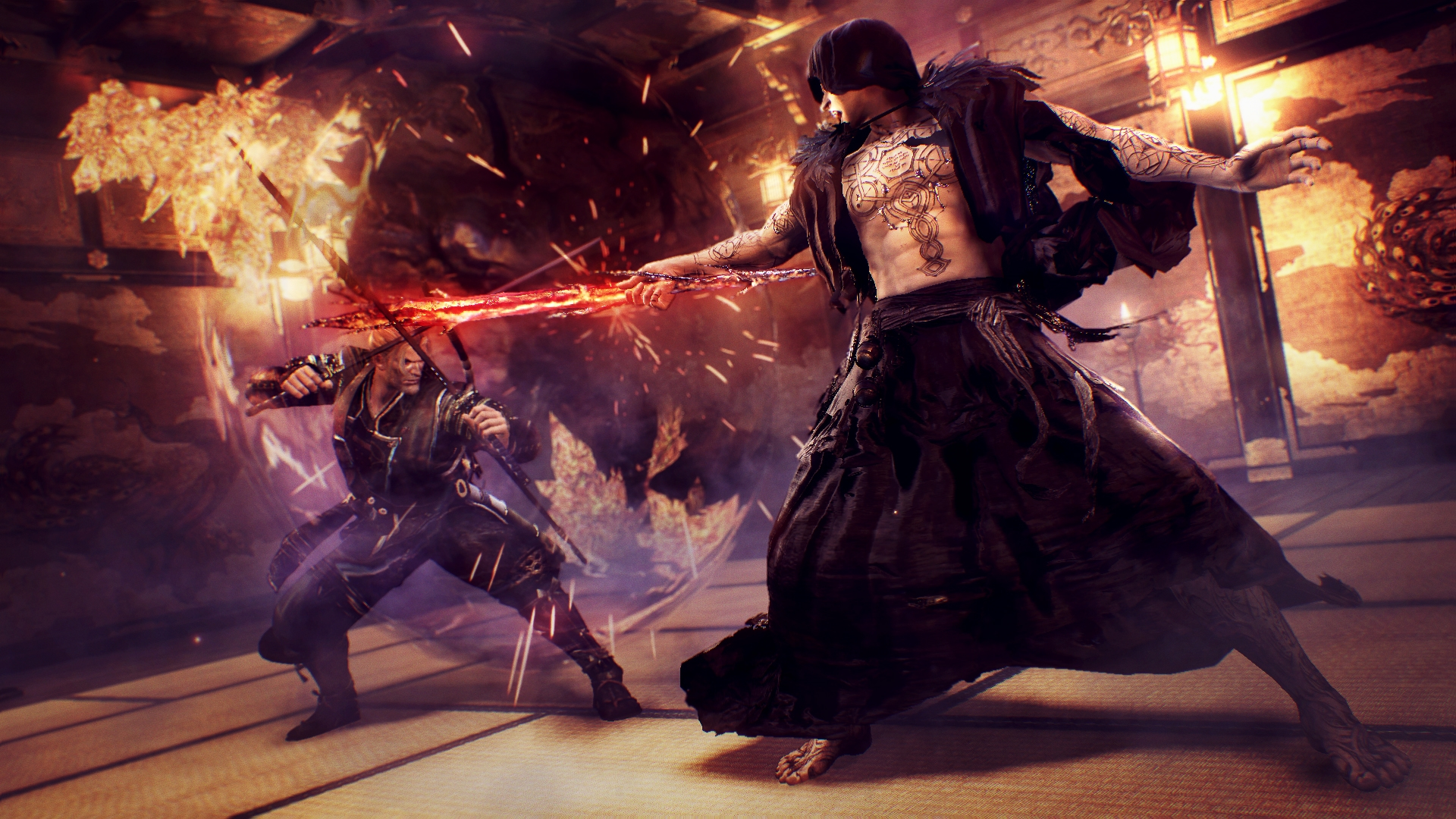
Back in 2004, Nioh began life as a wildly ambitious multimedia project, one based on an unfinished script by legendary filmmaker Akira Kurosawa (Seven Samurai, Yojimbo).
Sadly, a lack of tangible progress put paid to any multimedia ambitions, and when Nioh was overhauled circa 2010, plans for a tie-in feature film were ultimately scrapped.
-
Team Ninja on Difficulty Spikes

As we alluded to earlier, Nioh is perhaps best described as a 'masocore' game.
“While Nioh is a challenging game, if you carefully pay attention to the movements of your enemies, you’ll be able to find chances for an opening. And don’t be afraid to seek help from other players online from our great community, as there’s always someone out there who can offer guidance. Nioh is really about self-improvement. And in an era of games where there’s less lasting “death” in action titles, I want you to feel like you’ve genuinely accomplished something once you’ve completed it.”
-
Alpha Demo Build and Exclusive DLC

Those who completed Nioh's Alpha demo last year will be entitled to The Mark of the Conqueror DLC from the PlayStation Store, which will include exclusive in-game content when Nioh launches later this year.
Here's an overview of what that tech test entailed:
“Upon coming ashore a small island near the village of Usuki, in the first stage the player encounters the remains of a fishing village set aflame by a mysterious invasion. In the following stage, demonic beings from the Yokai realm run rampant in Dazaifu, which has controlled western regions since ancient times.”
-
A Resounding Success

Released last May and only available for a limited time, the Nioh demo for PlayStation 4 was downloaded over 850,000 times worldwide.
-
Beta Demo

Bouncing off this, and as development wore on, Team Ninja hatched plans for a second demo, with this one in particular heralding a shift from Alpha to Beta phase.
“Following the overwhelming success of the Alpha Demo in April—as well as the community’s generous feedback—the Nioh Beta Demo will incorporate a number of gameplay changes made with fans in mind, which will be immediately noticeable upon their return to the village of Usuki. This first stage of the demo will offer new challenges and the opportunity to once again fight for the mysterious Mark of the Conqueror DLC. Warriors who conquered Usuki and procured the DLC during the Alpha Demo won’t be left wanting, however, as they will receive a set of weapons and more starting money. These champions will also have the opportunity to play through the new Nakatsu stage without having to clear Usuki again.
“The new Nakatsu stage leads protagonist William along a treacherous mountain path to a deep cave, where he must prevail against human and supernatural enemies alike—including the seductive Hinoenma, a dangerous Yokai under the guise of a beautiful woman. Defeating the Nakatsu stage will award players with the Mark of the Strong DLC, which will be available when the game launches.”
-
Fan Feedback

After amassing a truckload of fan feedback from both demo builds, Team Ninja zeroed in on several areas in need of improvement.
For reference, this list was published in mid-September.
OVERALL
• Fine tune the game balance and pace
• Adjust RPG elements such as player growth and armor parameters
• Further improvements to clarify the interface and make it easier to useDETAILS
■ Tutorials
• Implement a training stage for tutorials on basic controls and core game actions.■ Action & Controls
• Revise the TPS controls
• Add and adjust samurai skills
• Adjust the player damage/defeat
• Adjust the methods and performance of lowering the enemy stamina
• Adjust the weight and agility of armor■ Level Design/Stages
• Adjust position of enemies including the Twilight Missions
• Adjust enemy detection issues
• Adjust collision such as dropping edges■ Enemies
• Adjust strength and attack power of enemies
• Adjust the AI tracking ability and groupthink
• Add Boss attack variations in the Twilight Missions
• Revise superarmor (stagger/no stagger) and homing abilities■ RPG
• Expand the maximum number of items (overall and per item)
• Adjust the amount of armor items dropped
• Expand the functions of the Blacksmith, adjust the requirements of Re-Forge and Soul Match
• Implement items when player level is reset
• Revise each type of reward■ UI
• Improve each type of interface and usability
• Expand the tutorial■ Camera
• Improve camera behavior in areas of bad visibility and inclines
• Add the ON/OFF option for camera autocorrect■ Online
• Adjust Revenant drops
• Improve the enemy attack behavior during co-op play
• Fix enemy transparency bugs
• Allow movies to be skipped after the Boss is obliterated in co-op play■ Other
• Stabilize the frame rate of image optimization
• Fix various problems and bugs -
PS4 Pro Options

Nioh will boast PS4 Pro support at launch. Below, you'll find all of the available settings to fine-tine the experience as you see fit.
4K TVs
Movie Mode – Stable 3840×2160 resolution at 30fps.
Action Mode – Stable 1920×1080 resolution at 60fps.1080p TVs
Movie Mode – Stable 1920×1080 resolution with high quality anti-aliasing at 30fps.
Action Mode – Stable 1920×1080 resolution at 60fps.
You can also play Nioh on a standard PS4 in 30fps, 30+fps, or 60fps:PS4 Nioh Options
Movie Mode – This mode focuses on resolution over frame rate, offering beautiful high resolution graphics with stable 30fps.
Action Mode – Here the emphasis is on frame rate, providing a stable 60fps.
Movie Mode (Variable Frame Rate) – This option provides high resolution graphics with a variable frame rate that may go over 30fps. -
60fps on Both PS4 and PS4 Pro
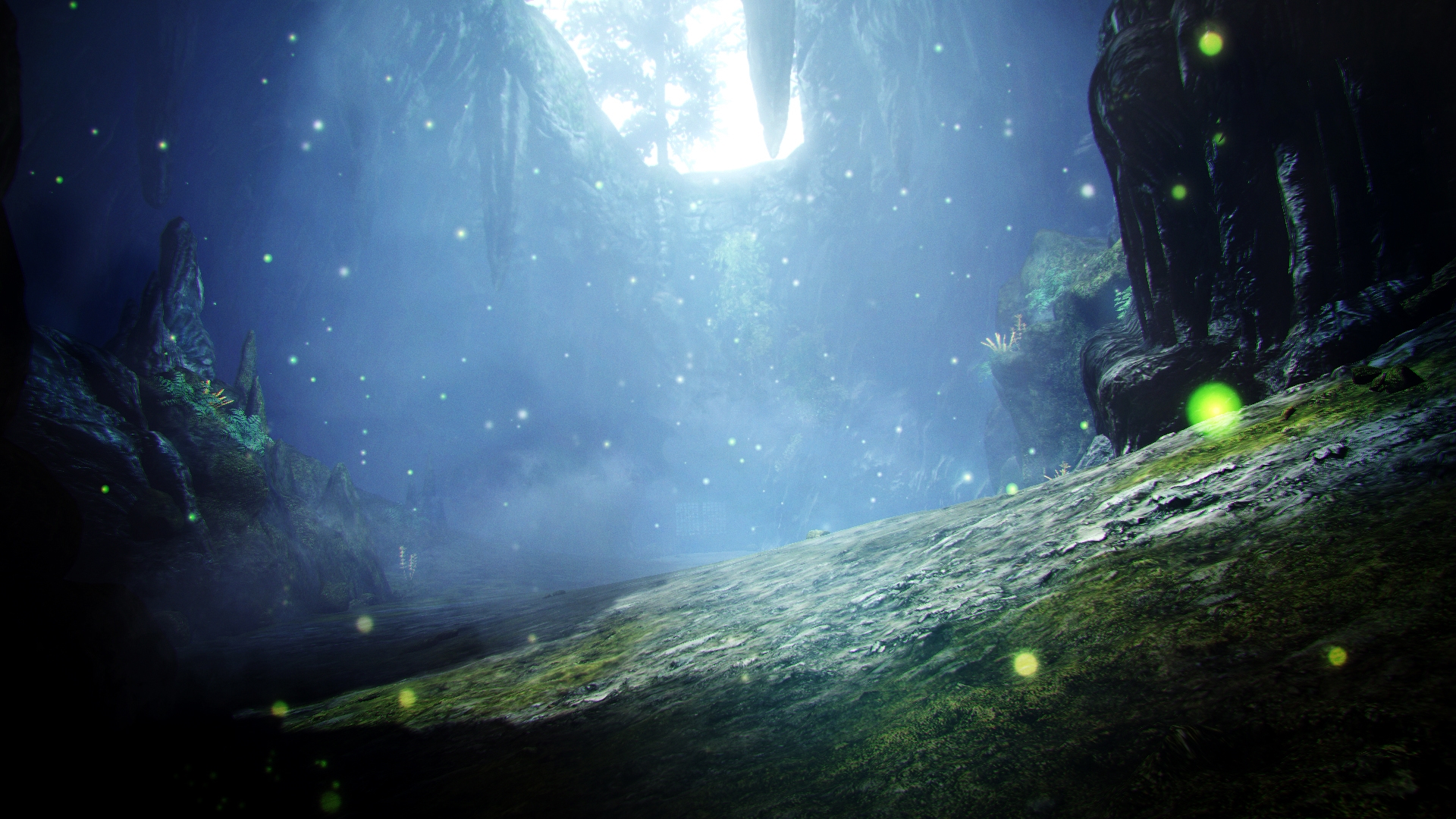
As promised, Nioh runs at 60fps across both PS4 and PS4 Pro. Just be wary of dips in resolution when playing on the latter console.
Here is Digital Foundry's tech analysis in full.
-
A Gateway Into the Ninja Gaiden Series

Ninja Gaiden will make a comeback, but only when the timing is right. That's the resounding message currently coming out of Team Ninja and Nioh Game Director Fumihiko Yasuda:
“Maybe I can say that Nioh is a gateway into the next chapter for Ninja Gaiden. [Ninja Gaiden] is a very important, if not the most important franchise, for us. But at this point I think this franchise needs to be in the shadows for a while until we bring it back. There will be a time, and when the time is right, we will bring it back.”
-
Season Pass & Pre-Order Perks

Bundling together three pieces of DLC “containing extra missions and story," Team Ninja has so far kept the Nioh Season Pass under lock and key.
If the Japanese Season Pass is any indication, it'll also include additional yokai, boss characters, and equipment.
-
Post-Launch Support & PvP
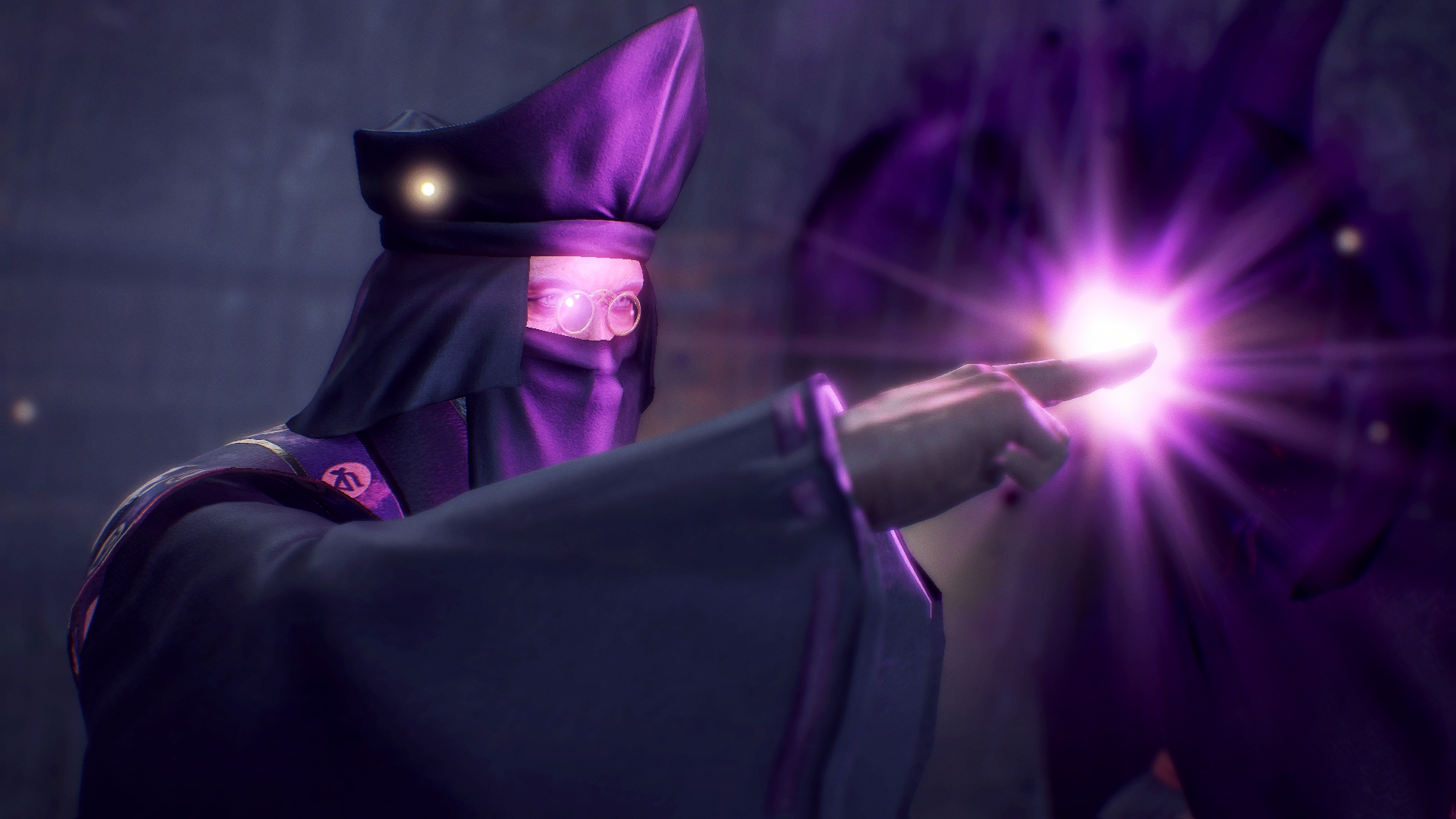
Perhaps one of the most exciting additions coming to Nioh after launch is PvP support. No word yet on a specific date, but Team Ninja brass have described those post-launch plans as so:
“Based on that we’re going to have more feedback and we’re going to take that into account for the release version. The way that we’ve been developing this game is that we keep taking in user feedback and keep improving and expanding on the game. Even post-release our hope is to continue to do so.”
-
Download Size

According to Team Ninja, Nioh's digital download size clocks in at 39.3GB, and you need to have just under 12GB downloaded to start the game.
No word yet on whether there will be a day one update, but we'll keep you posted.
-
Digital Deluxe Edition

At press time, Team Ninja is yet to announce any form of physical Collector's Edition -- and is unlikely to do so, given how close we are to launch.
But don't fret; there's a Digital Deluxe Edition ($79.99) that bundles together an additional weapon pack featuring five armaments, a PS4 Avatar, along with that aforementioned Season Pass.
-
4K Trailer and Extended Gameplay Demo
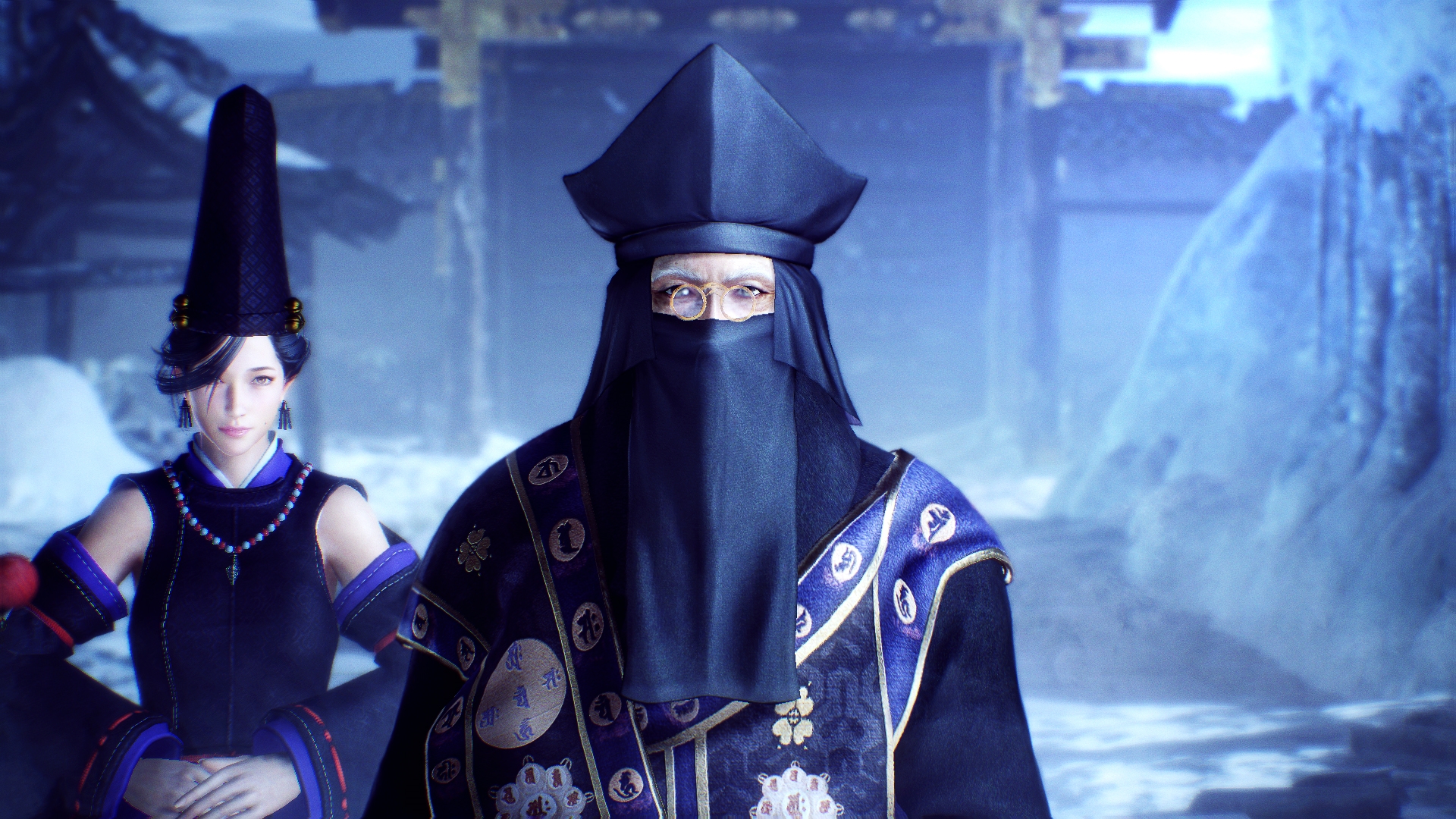
On the hunt for gameplay footage of Nioh running in 4K? Look no further than this extended trailer.
There's also additional promos to peruse through here.
-
Trophy List

Comprised of 47 digital accolades in total -- including that all-important Platinum -- you can find the official Nioh Trophy list right here.
-
Our Review
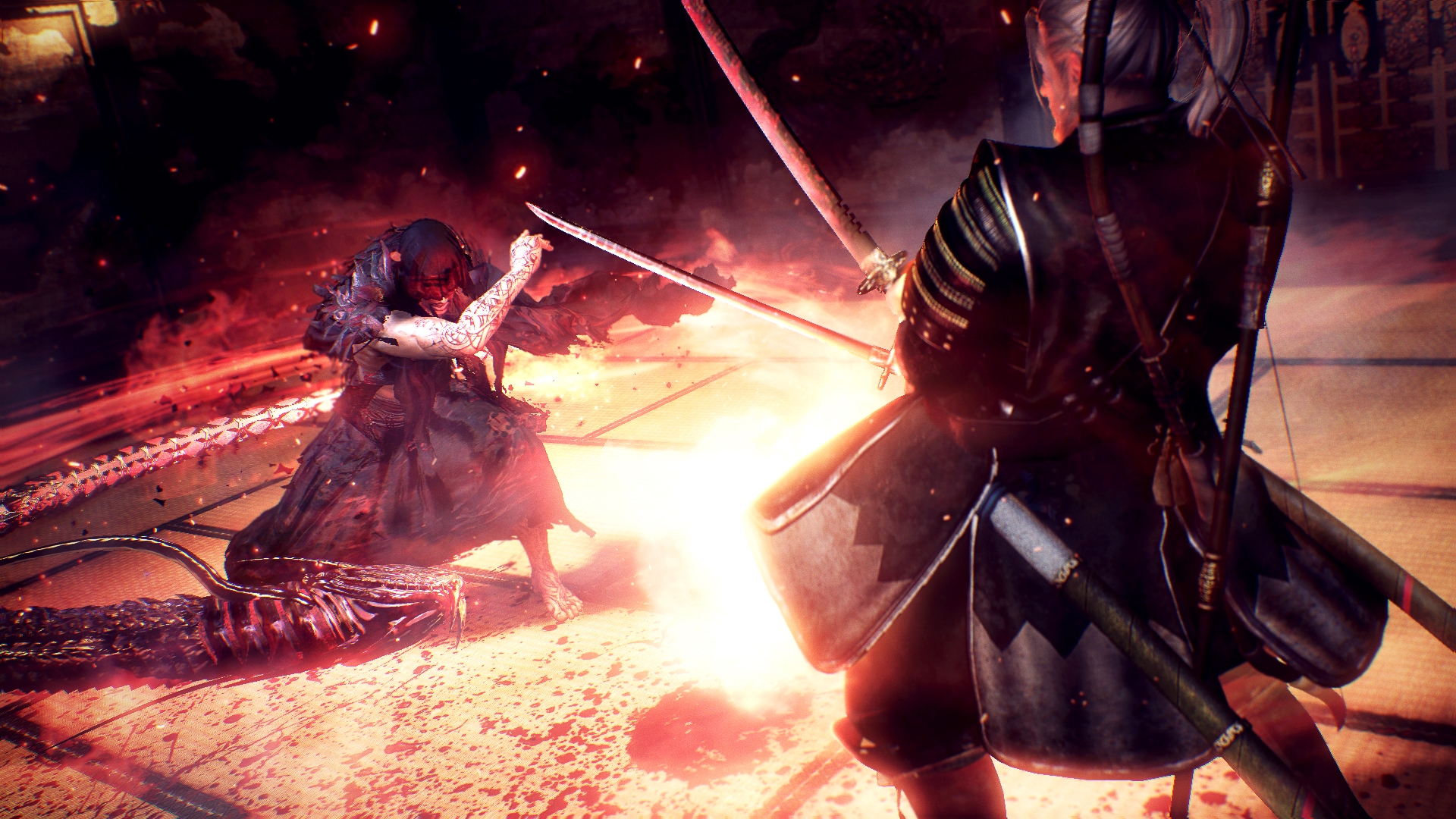
While the embargo lifted earlier this week, our Nioh review still needs a little more time in the oven due to us receiving the copy late. Tyler Treese will be taking point for PSLS.









